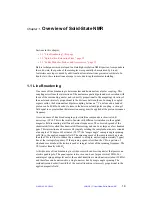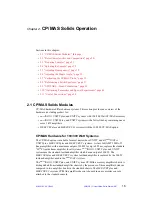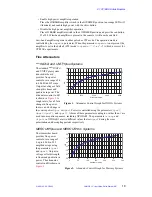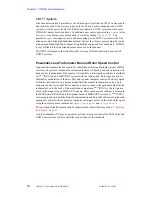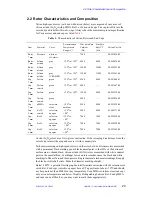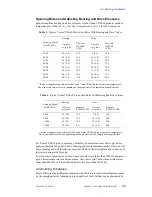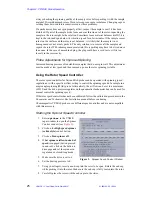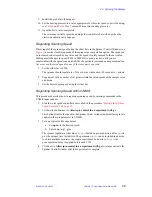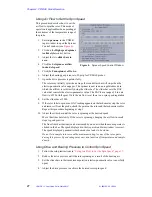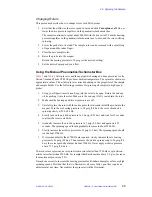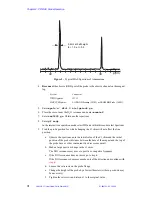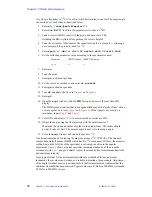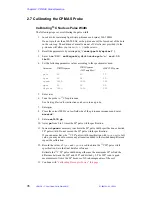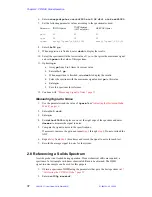
2.4 Spinning the Sample
01-999162-00 C0402
VNMR 6.1C User Guide: Solid-State NMR
22
preserved. Chances are good that the sample will spin adequately if the material can be
made to fill the rotor homogeneously.
Thick sheet or film materials are best handled by cutting or punching many disks, each
having the inside diameter of the rotor, and stacking them in the rotor until full.
Coarse and irregular granular materials as well as pellets, beads, flakes, bits, or pieces often
cannot be packed homogeneously enough to provide the balance necessary for high speed
spinning. Sometimes such materials can be made to spin smoothly by filling the voids with
a fine powder that does not give NMR signals, such as KBr, talc, or sulfur flowers and
spinning at a lower speed.
Liquid Samples
CAUTION:
Organic solvents can dissolve pMMA end caps.
Use an end cap that has a concentric hole drilled through it (a #73 drill is recommended)
for liquid samples. Be sure the end cap will not dissolve (organic solvents can dissolve
pMMA end caps). Liquid samples can be spun at 200 to 300 Hz, but the liquid may spin
out of the rotor and be lost. This fact must be considered when dealing with toxic or noxious
samples.
Semi-Solid Samples
Semi solid samples such as phospholipid suspensions can spin faster then liquid samples.
Care must be used in filling the rotor to avoid lubricating the end cap with the sample. If
the end cap is lubricated with the sample the cap could pop off during the experiment. A
very small dot of cyanoacrylic glue can be used to secure the end cap. Do not use to much
glue or you will not be able to remove the end cap later.
2.4 Spinning the Sample
WARNING:
A projectile hazard exists if a spinning rotor explodes. To prevent
possible eye injury from an exploding rotor, avoid spinning rotors
outside the magnet. If it is necessary to spin a rotor outside the
magnet, use a certified safety shield and full face shield at all times.
Never use rotors that have been dropped onto a hard surface, since
microscopic cracks in the rotor material can cause rotor explosions at
much lower spinning speeds than indicated in
Never spin zirconia (white) rotors at spinning speeds above 7.2 kHz.
Never spin silicon nitride (gray) rotors at speeds above 9.5 kHz. Never
apply air drive pressure above 72.5 psig (5.0 bar).
WARNING:
Excessive spinning speeds can cause the rotors to shatter and
explode. Never spin zirconia (PSZ) rotors (white or off-white In
color) above 7.2 kHz or silicon nitride rotors (gray) above 9.5 kHz.
For samples that have densities above 3.0 g/cc, decrease the
maximum spin rate by 35%.
CAUTION:
When removing caps or digging out packed samples, take care not to
gouge the rotor. Even small scratches can imbalance the rotor.







